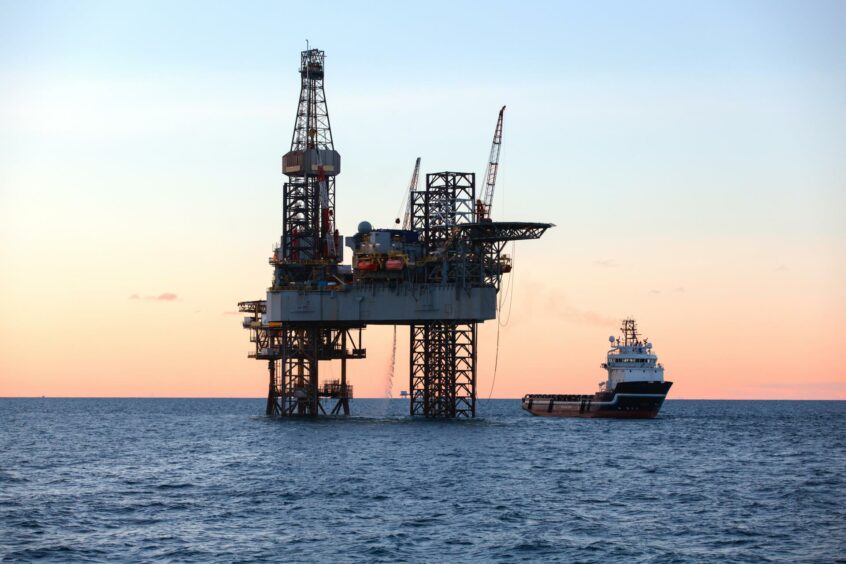
As the North Sea’s limited exploration well roster delivers a series of disappointing results, are there any promising plays left in E&P hoppers?
The news last week that Shell’s hotly tipped Edinburgh exploration well had failed to find commercial volumes was a further letdown in a year that has seen few successes.
Shell spudded the well in License P255 near the UK-Norwegian border in March this year, amid some excitement. Estimates at the high-pressure, high-temperature (HPHT) prospect had been placed at between 100 and 675 million barrels of oil equivalent (boe).
David Mosely, vice president of North Sea research at Welligence noted: “Shell’s Edinburgh well was a long-awaited test of a 300 million boe-plus HPHT prospect that had been on various companies’ plans for many years, however it failed to deliver.
“The North Sea is a very mature region and robust prospects of this size are few and far between, particularly in proven areas such as the Central Graben. Finding new, material volumes is becoming increasingly challenging.”
The dry hole came as a blow to operator Shell (40%) – alongside partners DNO (45%) and Spirit Energy (15%) – and follows a string of other disappointments this year, both minor and major.
The supermajor’s Jaws prospect was completed in January alongside 50% partner Capricorn Energy, but found only water-bearing sandstones.
Meanwhile, Harbour Energy is assessing commerciality of its Dunnottar prospect after it found only “marginal accumulations” during drilling late last year, around 150 miles south-east of Aberdeen.
That was despite then-chief executive Phil Kirk tipping the near-field prospect in the J-Area as a “well to watch”.
Low appetite
The results are partly an indication of how little exploration and appraisal activity has gone on in the North Sea in the wake of low commodity prices and the impact of Covid-19.
Indeed, just five exploration wells were completed in the whole of 2021.
However, Mr Mosely pointed to some recent lights, particularly the 120 million boe Isabella discovery operated by TotalEnergies, which he said “shows that large discoveries in the mature HPHT play remain possible.”
An appraisal well is set to be drilled at the field later this year.
In the meantime, a handful of other potential exploration prospects await drilling.
Offering a chance to reverse their fortunes at Jaws, partners Shell and Capricorn are also in the process of drilling well 22/11b-14 at the 30-million-barrel Diadem prospect, the results of which may be expected later this year.
This week, Serica too announced the spudding of its long-awaited North Eigg well in the Northern North Sea, targeting mid-case prospective resources of 60 million boe.
The well has also been tipped as a prospect to watch, though chief executive Mitch Flegg downplayed its perceived chances of success. Observers will have to wait until mid-October for results.
Another Shell-led target, Pensacola, is due to be drilled in late September, targeting potential recoverable resources of up to 309 billion cubic feet (bcf) of gas.
Partner Deltic (30%) has previously described the prospect as “one of the highest impact exploration targets to be drilled” in the Southern North Sea in recent years.
Welligence also pointed to other potential prospects towards the tail end of 2022, including a further Shell-led target – 22/8a Orlov – as well as TotalEnergies’ 206/5c Benriach, though it expects the latter is more likely to be pushed into next year.
“Appetite for exploration risk in the UK appears to be in decline,” Mr Mosely said.
“The vintage of infrastructure meaning many companies are limiting exploration drilling to small volume, low risk, near-field wells that can be quickly monetised and have the potential to extend hub life.”
“However, several companies in recent years, including Equinor, TotalEnergies and ENI, amongst others, have targeted new plays in underexplored regions with the aim of adding material volumes and replacing production – although success has been in short supply.”
“Shell and Deltic’s upcoming Pensacola well is another example of such a test and has the potential to be both a company and play maker in the success case.”
Recommended for you
